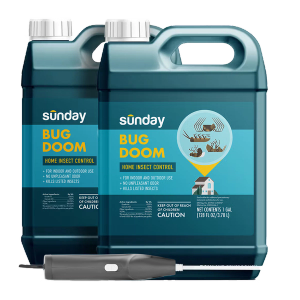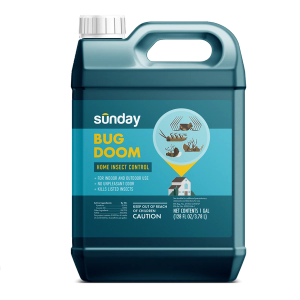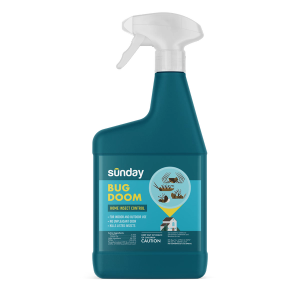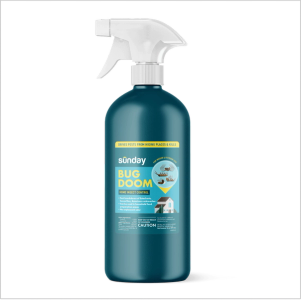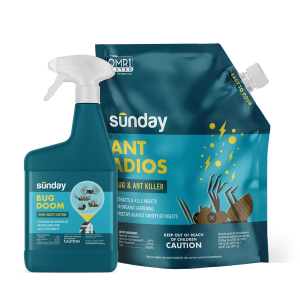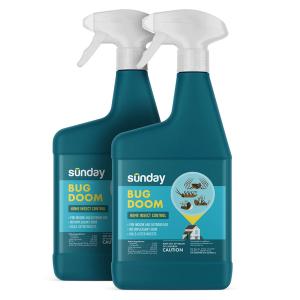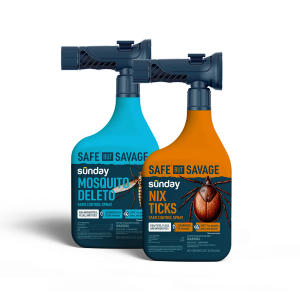Benefits of ants
It might surprise you, but ants play beneficial roles in your outdoor spaces. Outdoors, ants are pollinators, pest predators, and even soil aerators. That's right, their underground tunnels help your soil and lawn. So, before you try to get rid of these tiny workers, identify which types are in your yard.
Sunday Tip:
Get to know the more harmful ants like stinging fire ants and harvester ants.
Identifying types of ants
Sure, you've seen an ant before. But can you tell them apart from other insects? Properly identifying an ant from another critter is the first step in effective pest management.
- Size: Usually 1-5 mm long
- Color: Varies—black, brown, reddish-brown, golden
- Nodes: 1-2 bumps between body segments
- Antennae: Bent or "elbowed"
- Lookalikes: Commonly confused with termites.
Common U.S. ant species
Here's a quick overview of the most common ants in the U.S.to get you started.
Foraging ants, sweet-feeding ants, and moisture ants
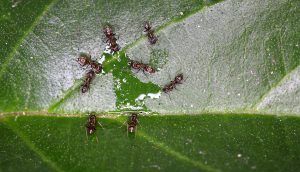
- Argentine ants
- Tawny crazy ants
- Field ants
Little black ants
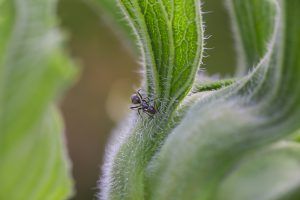
- Odorous house ants
- Pavement ants
- Thief ants
- Texas leafcutting ants
Sunday Tip:
Most ants are really tough to ID on your own. Here are helpful guides and resources to help you ID ants:
When are ants active?
Ants are generally more active during seasonal transitions, such as in the spring and fall, or during heavy rains. If you notice an uptick in ant activity during these times, it's probably not a coincidence.
When temperatures or weather shifts occur between seasons, these ants tend to seek refuge indoors or in places with lower moisture levels.
Where do ants live?
Ants are adaptable to a variety of habitats. Whether urban or rural, indoors or outdoors, understanding the specific ant species in your region helps you tailor your management strategies effectively.

Natural pest prevention tips
Except for harmful species like fire ants and harvester ants, most ants are beneficial for your yard. To keep them out of your home and outdoor living spaces, follow these simple tips:
- Sanitize food and water areas. Clean areas around your trash, compost, and recycling bins indoors, and store them away from your house and lawn outdoors.
- Seal entryways and add screens. Caulk and seal crevices where ants frequent, and re-tighten doors and windows as needed.
- Check and remove potential habitats.
- Indoors: Check and fix moisture-rich and unclean spaces inside your home to limit ant infestations.
- Outdoors: Consider removing objects that ants are nesting under, including stones and landscape fabric near the home foundation outdoors.
Sunday Tip:
Spring and fall cleaning can help you identify entry points for ants in your home and human spaces. Once you find them, seal ant entryways to reduce ants over time.
Sunday solutions for an ant-free home
Whether you're dealing with ants indoors or outdoors, understanding their species, behavior, and the role they play in your ecosystem will make management much easier. For effective, targeted ant control, use Sunday's Bug Doom and Ant Adios Insect & Ant Killer.
For indoor ant management
Sunday’s Bug Doom is a biodegradable, pyrethrin-based yard and home pest control spray to kill and repel ants (among other pests) on contact and for sustained periods of time.

Total Home Pest Medium Protection Plan
- Barrier spray and spot treatment
- Kills on contact
- Controls ants, cockroaches, spiders, and more
- Botanically derived pyrethrin and canola oil
For outdoor ant management
To address the ants around the perimeter of your home and outdoor living spaces, try Ant Adios. It's our easy-to-apply granules made from biologically derived spinosad. Just open and shake, and say goodbye to ants, earwigs, and crickets.
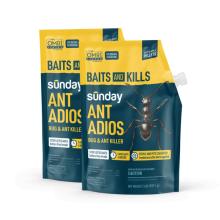
Ant Adios Insect & Ant Killer (2-pack)
- 2 lbs. treats 4,000 sq. ft.
- Ready-to-use
- Effective for up to 4 weeks
- OMRI-listed for organic gardening
- See results in 3–14 days
Cited sources
Ants. University of Minnesota Extension.
Ant Identification Resources. Nebraska Extension
Ants In and Around the Home. Ohio State University Extension.
Identifying household ants - Insects in the City. Texas AgriLife Extension.







